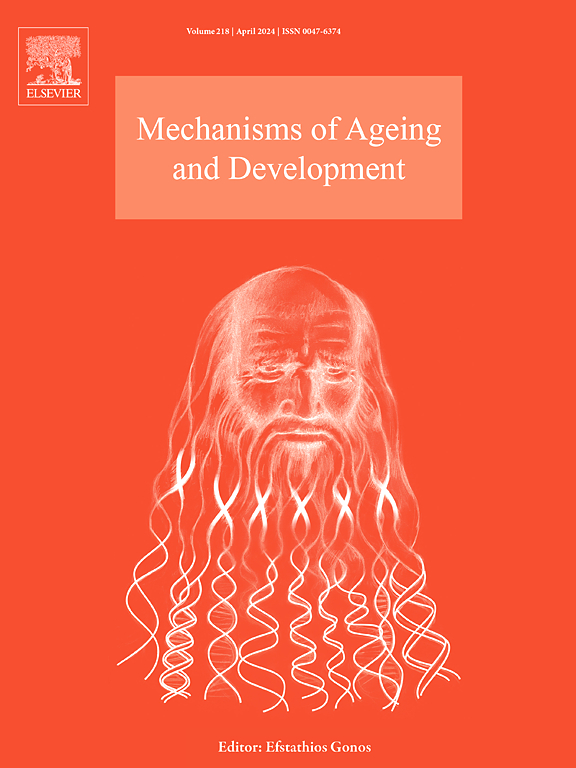ELN regulates cellular senescence: Emerging hypothesis for a non-canonical role
IF 5.1
3区 医学
Q2 CELL BIOLOGY
引用次数: 0
Abstract
Elastic fibers are well-known extracellular matrix components that are essential for elastic properties and thus function of many tissues. Tropoelastin is encoded by the ELN gene which is the main component of the elastic fibers. Elastic fibers decrease with aging and this decrease is proposed to contribute to this process. Senescent cells, cells that stop to proliferate and that instruct their microenvironment, accumulate with aging and promote it. Until recently, whether ELN expression and function is linked to cellular senescence was unknown. Here we will comment and extend recent results supporting a function of the ELN gene in protecting cells from cellular senescence. We will also discuss hypotheses on mechanisms by which ELN could regulate cellular senescence, and especially a hypothesis that involves a non-canonical function of ELN regulating the mitochondrial respiratory chain activity, thereby controlling oxidative stress and cellular senescence. These findings provide critical insights into the molecular and cellular processes potentially underlying the phenotypes driven by ELN deletion in the context of aging.
ELN调节细胞衰老:一个非规范作用的新兴假设。
弹性纤维是众所周知的细胞外基质成分,对弹性特性和许多组织的功能至关重要。弹力蛋白由构成弹力纤维的主要成分ELN基因编码。弹性纤维随着老化而减少,这种减少被认为是导致这一过程的原因。衰老细胞,即停止增殖并指导其微环境的细胞,随着衰老而积累并促进衰老。直到最近,人们还不清楚ELN的表达和功能是否与细胞衰老有关。在这里,我们将评论并扩展支持ELN基因在保护细胞免受细胞衰老中的功能的最新结果。我们还将讨论关于ELN调节细胞衰老机制的假设,特别是涉及ELN调节线粒体呼吸链活性的非规范功能,从而控制氧化应激和细胞衰老的假设。这些发现为在衰老背景下由ELN缺失驱动的表型潜在的分子和细胞过程提供了重要的见解。
本文章由计算机程序翻译,如有差异,请以英文原文为准。
求助全文
约1分钟内获得全文
求助全文
来源期刊
CiteScore
11.10
自引率
1.90%
发文量
79
审稿时长
32 days
期刊介绍:
Mechanisms of Ageing and Development is a multidisciplinary journal aimed at revealing the molecular, biochemical and biological mechanisms that underlie the processes of aging and development in various species as well as of age-associated diseases. Emphasis is placed on investigations that delineate the contribution of macromolecular damage and cytotoxicity, genetic programs, epigenetics and genetic instability, mitochondrial function, alterations of metabolism and innovative anti-aging approaches. For all of the mentioned studies it is necessary to address the underlying mechanisms.
Mechanisms of Ageing and Development publishes original research, review and mini-review articles. The journal also publishes Special Issues that focus on emerging research areas. Special issues may include all types of articles following peered review. Proposals should be sent directly to the Editor-in-Chief.

 求助内容:
求助内容: 应助结果提醒方式:
应助结果提醒方式:


